Table of Contents
Your dashboard is lighting up like a Christmas tree, and suddenly, you spot the dreaded ‘Service Battery Charging System’ warning. Don’t panic! This is probably a sign that your vehicle battery system is facing an issue. If your vehicle has signaled this trouble, we are here to help you. Not only will we troubleshoot the problem, but we will also help you fix the issue. Whether it’s a loose connection or a deeper alternator problem, we’ve got you covered with easy-to-follow steps to get your car back in gear and that light off for good!
1. Decode the Warning
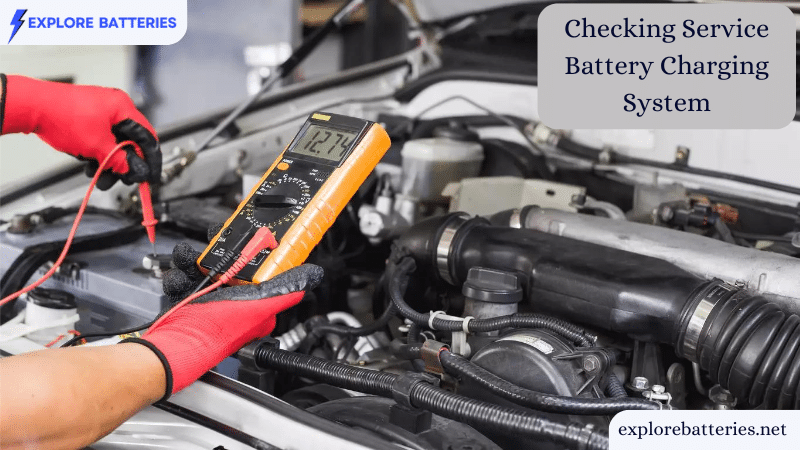
When the service battery charging system light flashes on, don’t panic! This is your car’s way of telling you there’s a deeper issue with its electrical system. Knowing what the service charging system means is the first step toward a fix.
This message usually indicates that your vehicle’s battery charging system is not working correctly.
The battery charging system meaning includes:
- Battery: Provides power to start the vehicle and run accessories.
- Alternator: Charges the battery while the engine is running.
- Voltage regulator: Manages the voltage sent to the battery charged by the alternator.
- Drive belt: Powers the alternator through engine rotation.
2. Turn Off the Engine
Folks, safety first! Driving with this light illuminated is like driving with a ticking clock. If you see these warning lights, it’s time to pull over, power down, and assess the situation before things escalate.
Steps
- Safely pull over.
- Turn off your engine to prevent further strain on the battery.
3. Check the Battery Connections

A quick check under the hood could save you hours of frustration! Loose or corroded battery terminals are often the culprits, and cleaning them could instantly clear the battery light.
Tools Needed
- Safety gloves
- Wrench
- Wire brush or battery terminal cleaner
- Baking soda and water (optional)
Steps
- Open the hood and locate the battery.
- Inspect the battery terminals for any signs of corrosion (white or greenish powder).
- Disconnect the battery using a wrench, starting with the negative battery cable and then the positive terminal.
- Clean the terminals using a wire brush or terminal cleaner. If heavily corroded, use a baking soda and water mixture to neutralize the acid.
- Reconnect the terminals, starting with the positive terminal and then the negative.
- Restart the engine to see if the service battery charging system Chevrolet warning has cleared.
4. Check the Alternator Belt (Drive Belt)
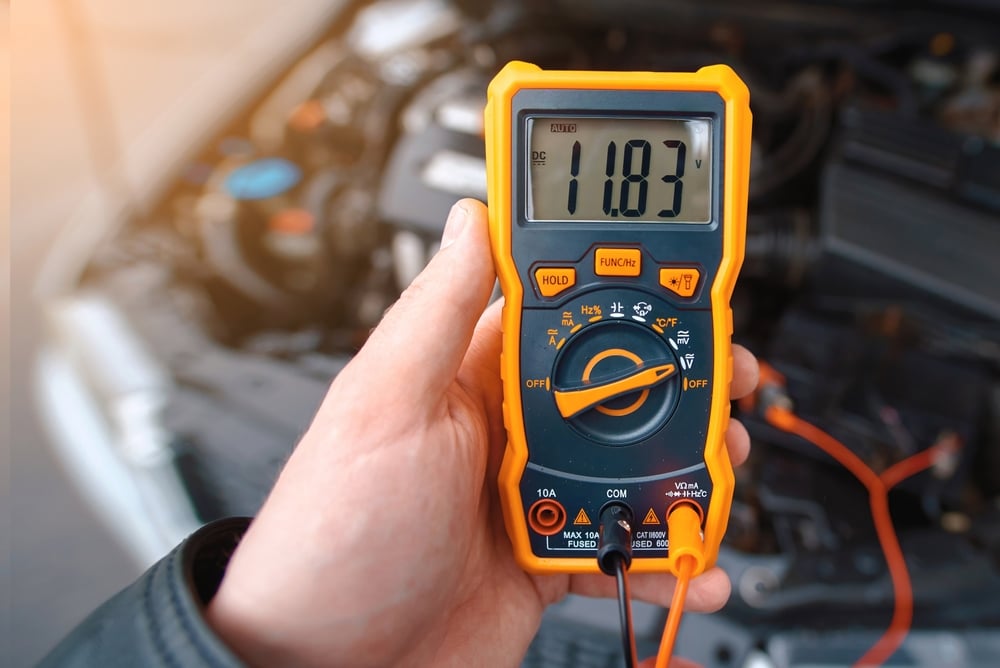
A faulty drive belt can throw your battery charging system car out of whack. Grab a flashlight and inspect this simple yet crucial component to ensure it’s not what’s causing the issue.
Tools Needed
- Flashlight
- Wrench or tensioner tool
Steps
- Inspect the belt visually: Look for cracks, fraying, or signs of wear.
- Check the tension: The drive belt should be tight but have a little play (about half an inch).
- Tighten or replace the belt: If the belt is loose, tighten it using a tensioner tool. If it’s damaged, it will need to be replaced.
Did You Know?
Your car’s battery is charged by an alternator that converts engine power into electricity, keeping your vehicle’s electrical system running smoothly.
5. Test the Alternator Output
Is your alternator pulling its weight? This quick test can reveal whether the alternator wirings are delivering enough voltage to keep your battery fully charged. Time to break out the multimeter and get a clear diagnosis!
Tools Needed
- Multimeter (voltage meter)
Steps
- Start the vehicle and let it idle.
- Set the multimeter to DC voltage and connect the positive probe to the battery’s positive terminal and the negative probe to the negative terminal.
- Check the voltage reading. A healthy alternator should produce between 13.8 and 14.8 volts.
- If the reading is below 13.8 volts, the alternator might be faulty.
- Rev the engine to around 2,000 RPM and recheck the voltage. It should still be within the 13.8-14.8 volt range.
- If the voltage drops significantly, it’s likely the alternator needs to be replaced.
Here’s how the alternator and car battery work together in detail.
6. Check for Blown Fuses
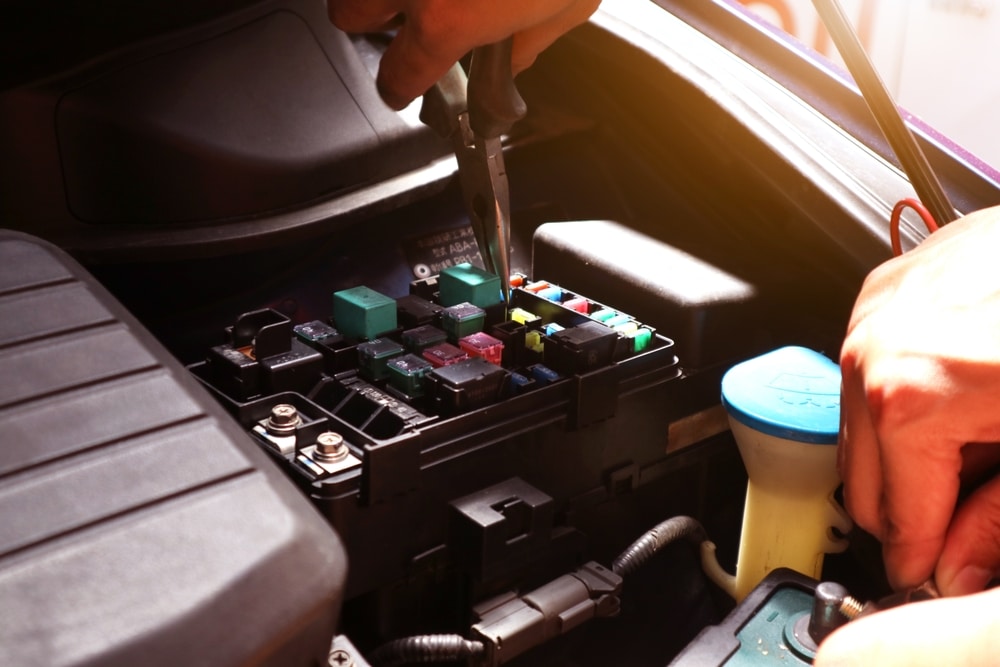
It’s mind-blowing how something as tiny as a fuse can bring your entire battery charging system Chevy to a halt. A few minutes spent inspecting the fuses could be the key to resolving the issue.
Tools Needed
- Fuse puller or needle-nose pliers
- Replacement fuses
Steps
- Locate the fuse box (usually under the hood or inside the cabin).
- Refer to your vehicle’s manual to identify the fuses related to the charging system (typically labeled “ALT” or “GEN”).
- Look for any blown fuses (the metal strip inside will be broken).
- Replace blown fuses with fuses of the same amperage rating.
- Restart the engine and check if the battery charging system service light is off.
7. Test the Battery Condition
Could Your Battery Be on Its Last Legs?
Car batteries have lifespans, and yours might be near the end. Testing your battery will let you know if it’s time for a replacement or if something else is at play.
Tools Needed
- Battery tester or load tester (available at auto parts stores)
Steps
- Turn off the vehicle and disconnect the battery.
- Connect the battery tester to check its condition.
Review the Results
- If the battery has a low voltage (below 12.4 volts), it may need to be replaced.
- It’s time for a new battery if it fails a load test.
- Install a new battery if necessary and reconnect the terminals.
8. Inspect the Wiring
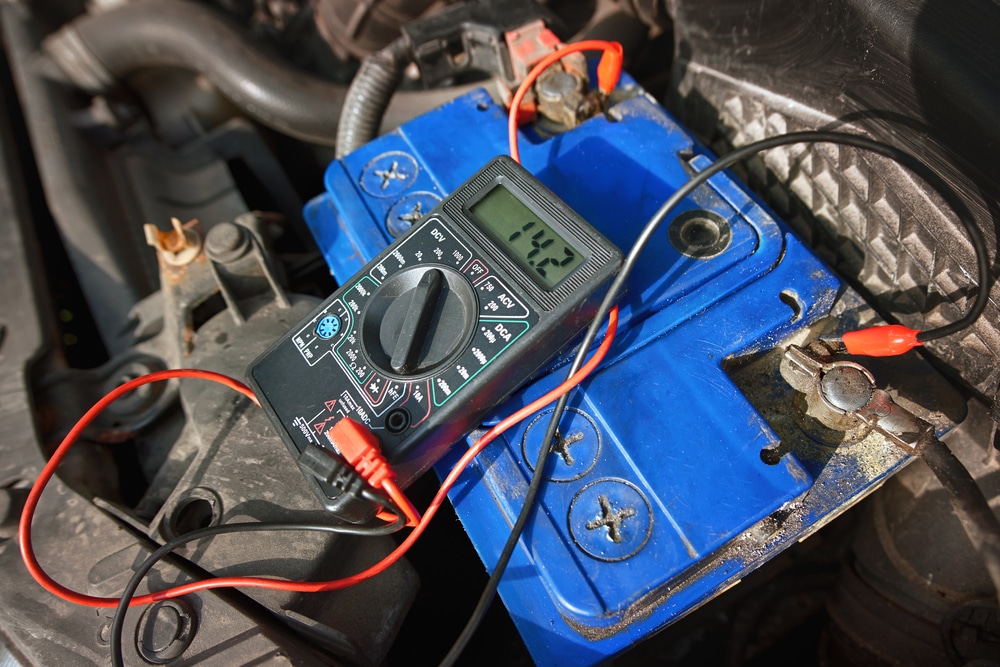
Don’t let sneaky wiring and electronic control unit issues cause unnecessary headaches. A close inspection could reveal loose connections or damaged alternator wirings that are interrupting your car’s electrical flow.
Tools Needed
- Wiring diagram (vehicle-specific)
- Multimeter
- Electrical tape
Steps
- Inspect the wiring from the battery to the alternator, looking for loose, frayed, or damaged wires.
- Test for continuity using a multimeter to ensure there are no breaks in the circuit.
- Repair any damaged wires with electrical tape or replacement wires as needed.
- Restart the vehicle and check if the service battery charging system, meaning the warning, has been cleared.
9. Seek Professional Help
Sometimes, DIY fixes aren’t enough. If these steps don’t solve the problem, a professional mechanic with specialized tools might be your best bet for getting things back in order. Besides, they know how to reset the service battery charging system efficiently if necessary.
10. Regular Maintenance
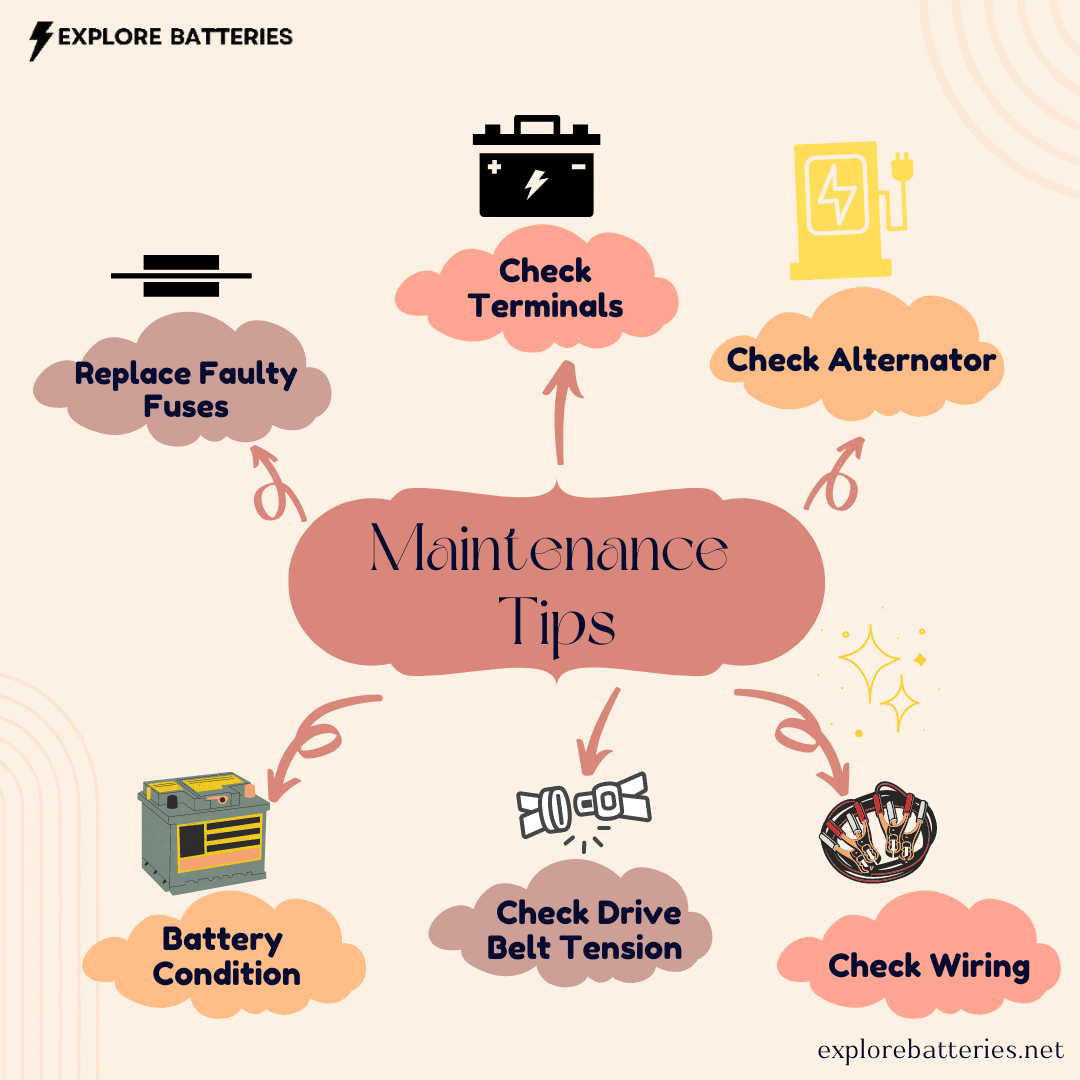
Don’t let the Chevy service battery charging system surprise you again. Regular check-ups and simple maintenance will keep your car’s charging system in top shape.
Final Words
Folks, Service Battery Charging System warning can be an early sign of battery charging system car failure, but with the right steps, you can identify and fix the underlying issue. Whether it’s a loose negative battery cable, a faulty alternator, or a simple blown fuse, following this step-by-step guide will help you address the problem and keep your vehicle running smoothly.
